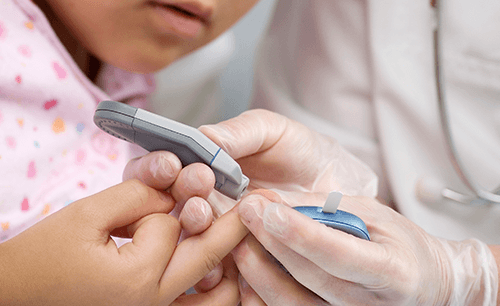By Pam Brown, GP and Editor-in-Chief of Diabetes & Primary Care
In the UK, the inclusion of the first flash glucose monitoring device on the NHS Drug Tariff has prompted guidance from Diabetes UK, Clinical Commissioning Groups and regional teams on who is eligible to receive this technology on prescription. Initiation will be on the recommendation of specialist teams, although the actual prescribing is likely to take place in primary care.
People who have been self-funding flash or continuous glucose monitoring are not automatically entitled to NHS provision. It is likely the devices will mainly be used by those on intensive insulin regimens or insulin pumps to help them avoid hypoglycaemia and achieve agreed glycaemic targets, but they may also be used in the short term to “troubleshoot” problems with poor control or recurrent hypoglycaemia.
It is important to remind people that flash and continuous glucose monitoring devices are not currently accepted by the DVLA for glucose testing prior to and during driving; therefore, individuals who are prescribed this technology still require test strips and a conventional meter, although fewer test strips will be required.
Readers can learn more about the use of different types of glucose monitoring technology by reading the International Consensus on Use of Continuous Glucose Monitoring and other papers published this month in Diabetes Care.






